The terms “clinical skills” and “patient simulation” might appear to only resonate with a narrow audience of medical professionals. However, both of these concepts play important roles in medical education by directly affecting patient care, making UNC’s educational mission relevant to everyone.
UNC School of Medicine’s new medical education building is set to open in just three years, and promises to grow the school’s statewide impact on the physician workforce. The UNC Clinical Skills and Patient Simulation Center has long been at the center of the School of Medicine’s cutting-edge curriculum, but the Center’s integration into the new medical education building is set to transform medical education at UNC.
The Clinical Skills and Patient Simulation Center has long provided a critical bridge between medical students’ pre-clinical phase of study in their first and second years and the experiential phase in students’ third and fourth years. Dr. Benny Joyner, Clinical Co-Director of the Clinical Skills and Patient Simulation Center, describes the simulation approach as simply posing a scenario to a student and asking him or her, “What would you do if…?”
Dr. Joyner adds, “Simulation is an approach, not a technology.” The approach involves allowing students – in this case, adult learners – to apply and work through what they have just read about in a textbook. The concepts UNC medical students are applying through Simulation Center coursework are not limited to medical procedures—students simulate everything from breast biopsies to end of life conversations with patients and their families. Simulations involving interpersonal skills are critical to patient care, as patients who have good relationships with their physicians have better health outcomes than those who do not.
Julie Messina, Director of the Clinical Skills and Patient Simulation Center, has seen firsthand how the Center’s work has led to increased confidence among first and second year students and increased competitiveness for top residency programs among third and fourth year students. This is no surprise to Dr. Sheryl Jordan, Associate Professor of Radiology and Director of Undergraduate Medical Education. In a recent manuscript, Dr. Jordan described how undergraduate and graduate medical education have now moved to emphasizing the importance of “self-directed learning experiences with components of self-assessment of learning needs, independent identification, analysis and synthesis of relevant information, and appraisal of the credibility of information sources” [i] [ii]
The prospect of embedding simulation into the UNC medical education curriculum through the newly designed medical education building is what excites Dr. Jordan, Dr. Joyner, and Messina most. In the new building, the Simulation Center will be a part of every level of a student’s medical education, laying the groundwork for continuous professional development in the future physicians’ careers. Dr. Joyner describes the center’s upcoming new space as “a well-organized, well-thought out space designed to engage faculty and learners as they immediately experience the relevance of basic science.” Dr. Jordan adds that embedding simulation into the curriculum is a “more exciting way to teach, and an enduring way to learn.” With the opening of the medical education building in just three years, the undergraduate and graduate students at UNC’s School of Medicine, as well as the practicing physicians who travel to UNC for professional development, will soon benefit from this enduring way of learning.
For more information on how to support UNC School of Medicine and the new Medical Education Building, please contact Emily Stevens, Senior Director of Development, at emily_stevens@med.unc.edu or 919-966-0019. To make a gift, click here.
[i] Liaison Committee on Medical Education. Functions and Structures of a Medical School. Available at: http://lcme.org/publications. Accessed December 2, 2018.
[ii] Accreditation Council for Graduate Medical Education. Common Program Requirements (Residency). https://www.acgme.org/Portals/0/PFAssets/ProgramRequirements/CPRResidency2019.pdf. Accessed December 1, 2018.
